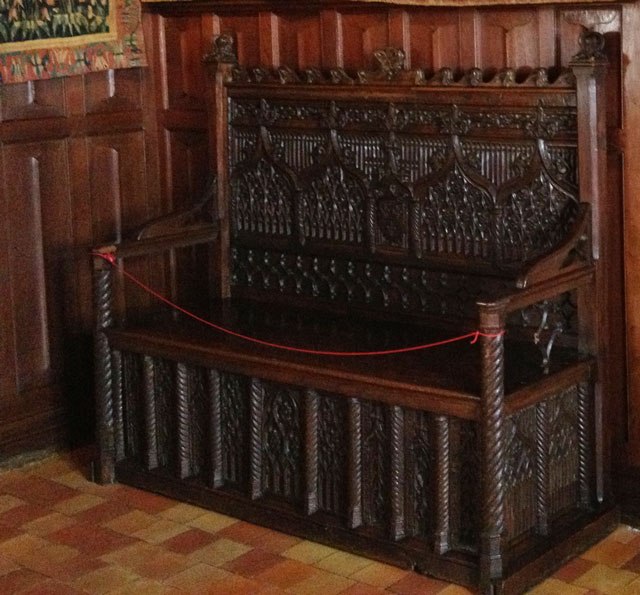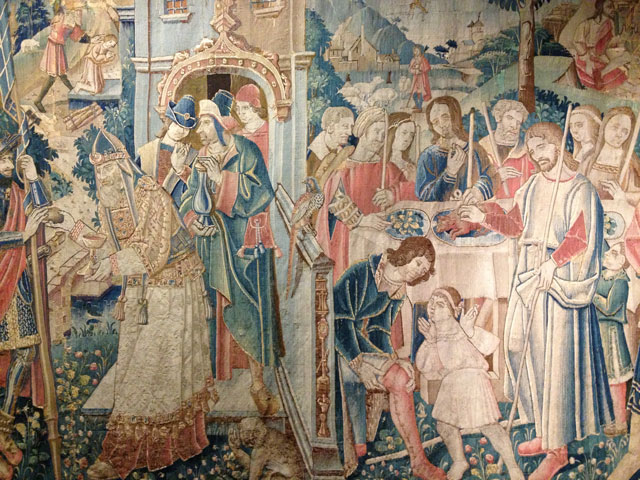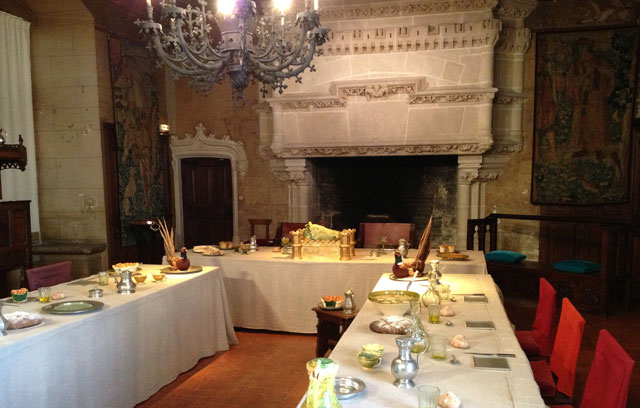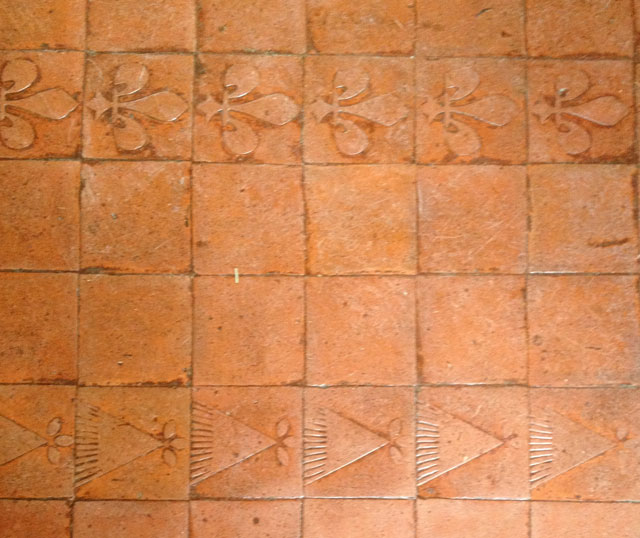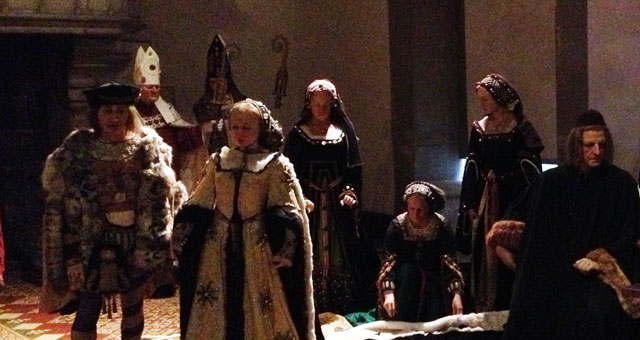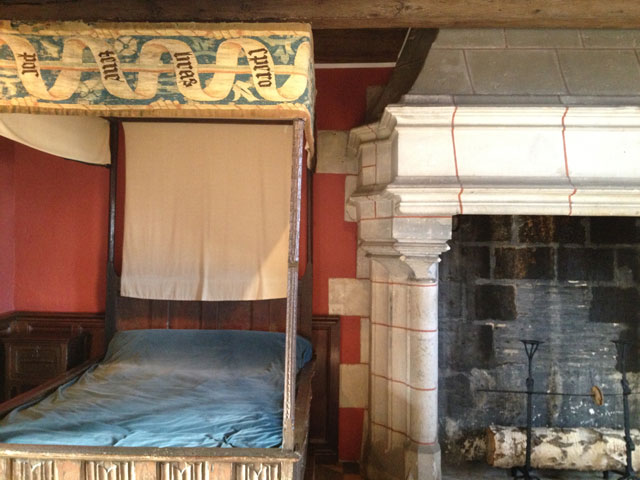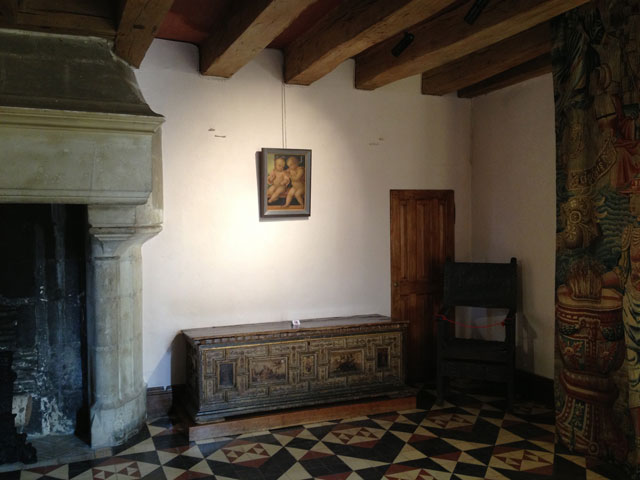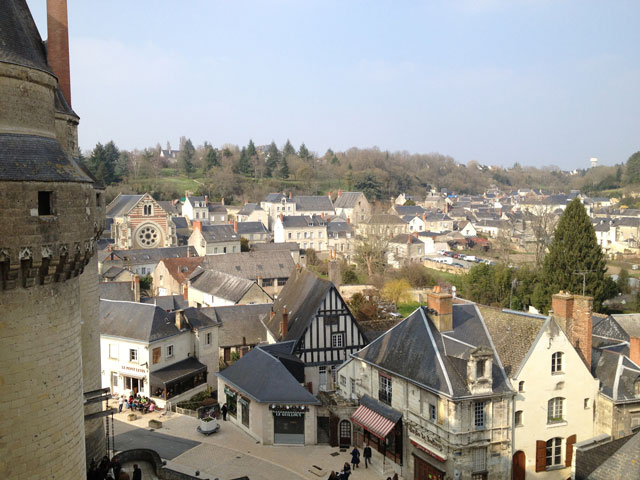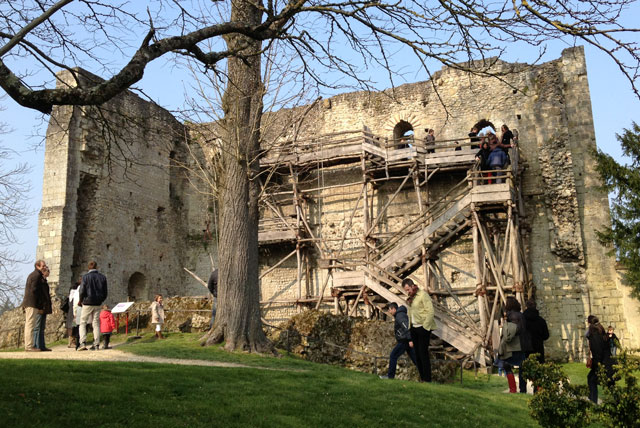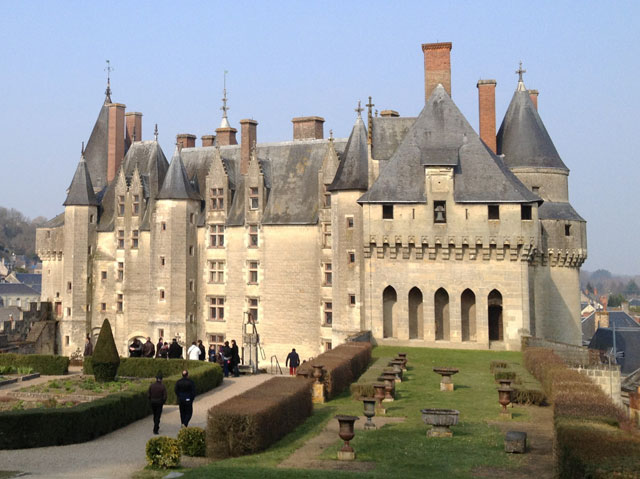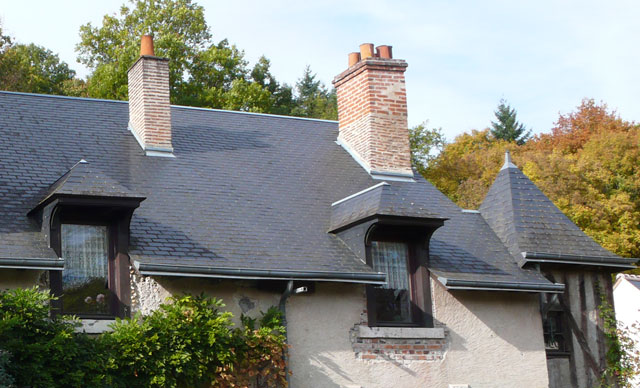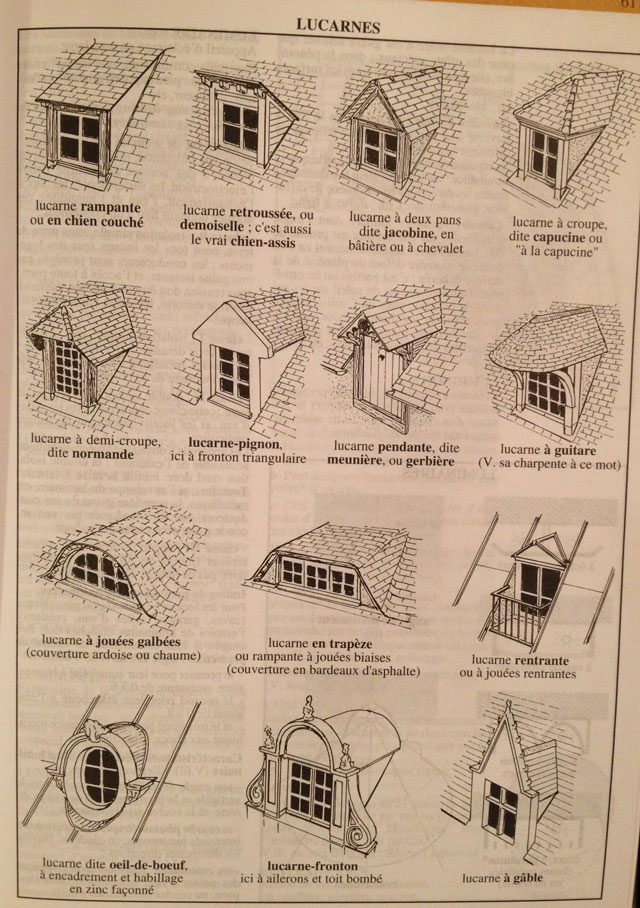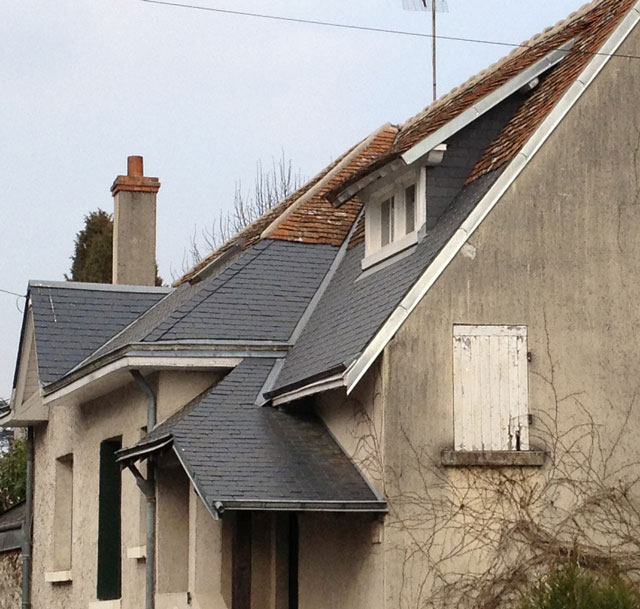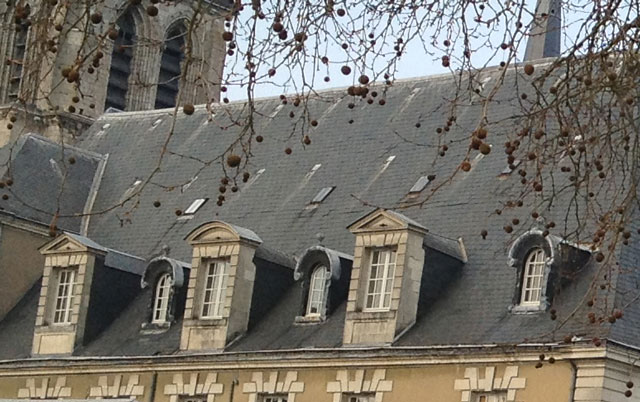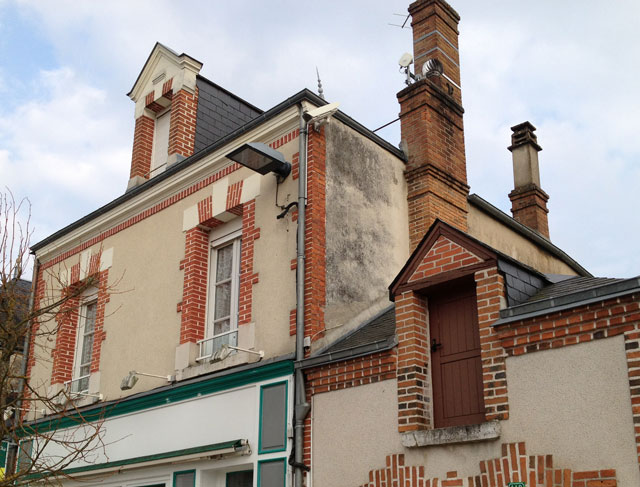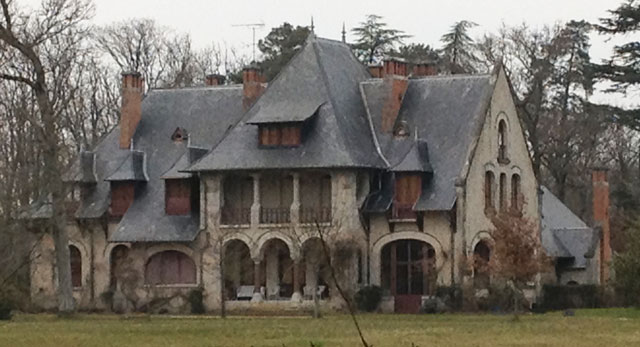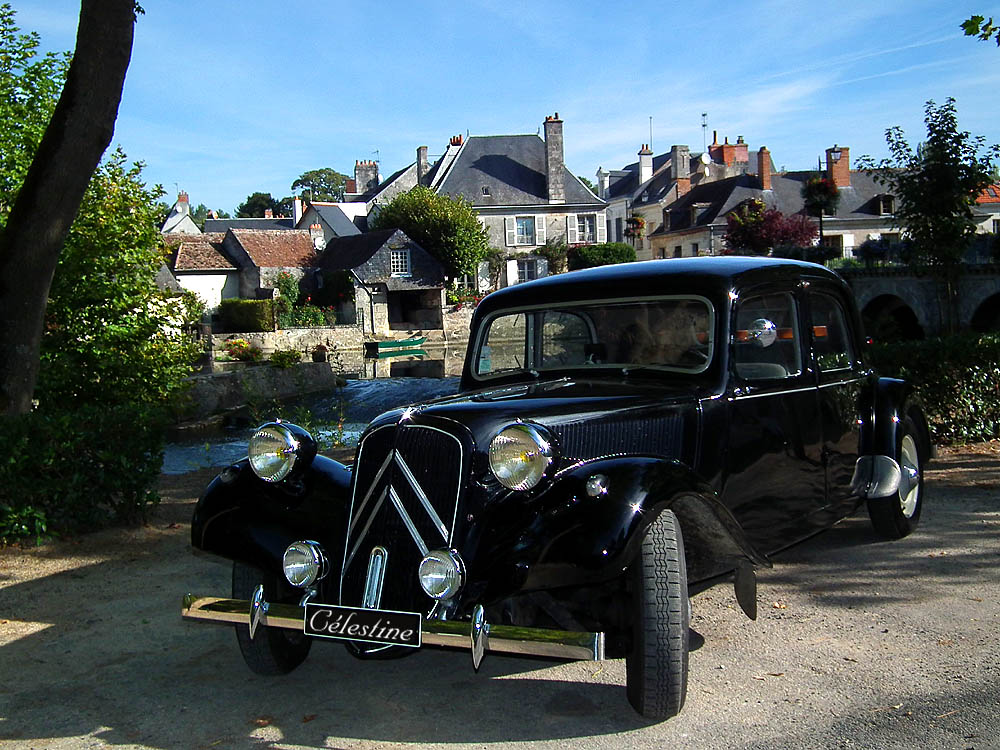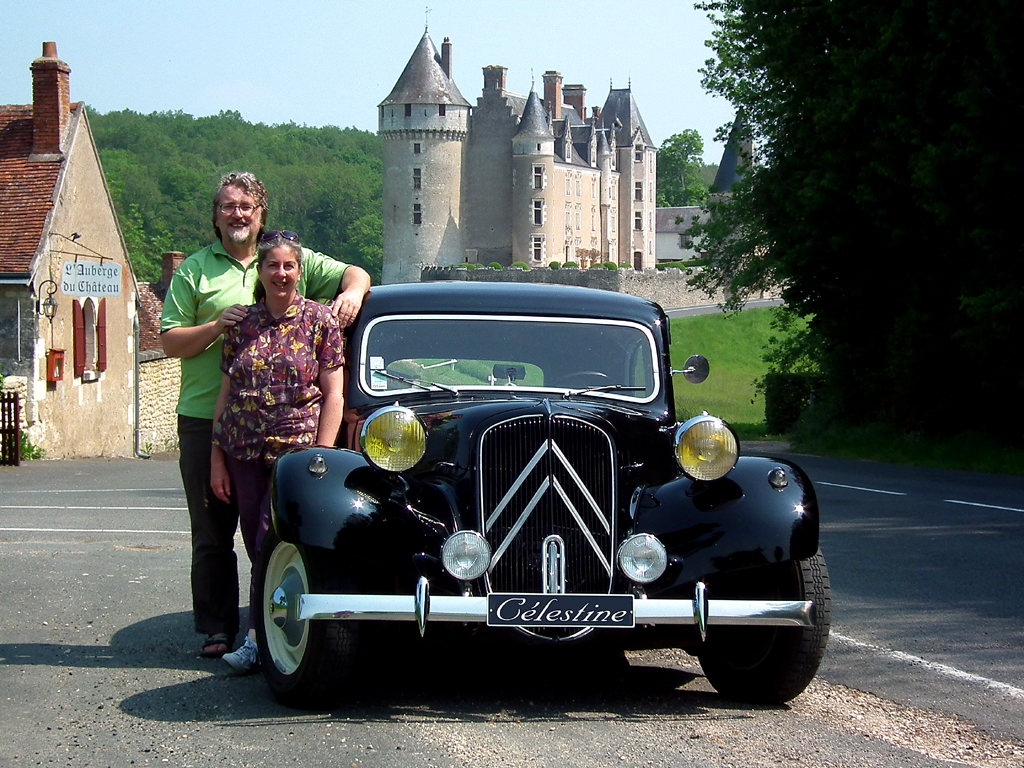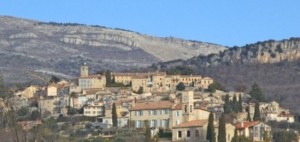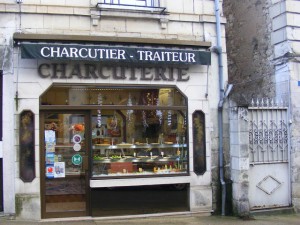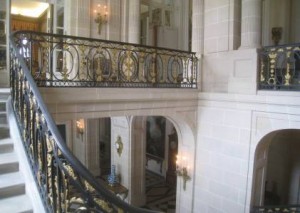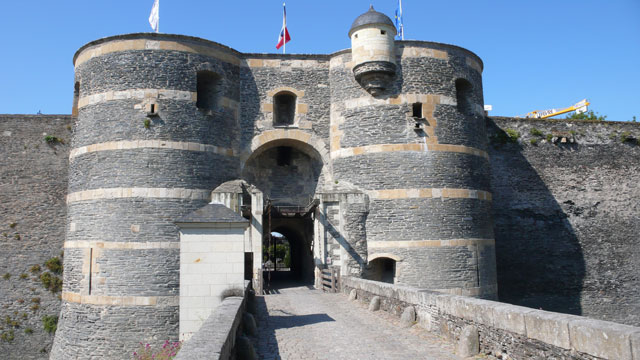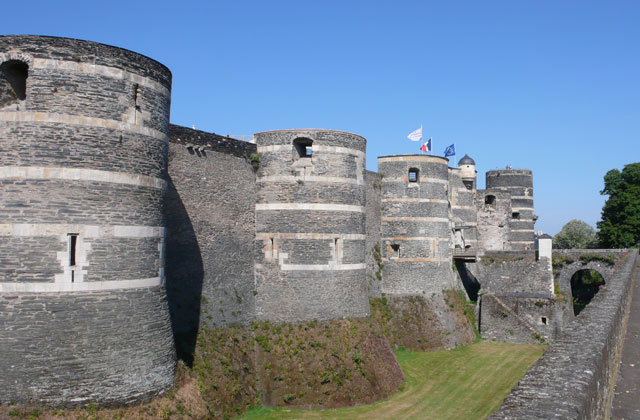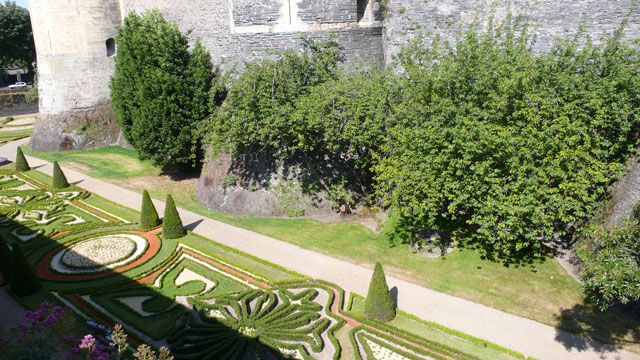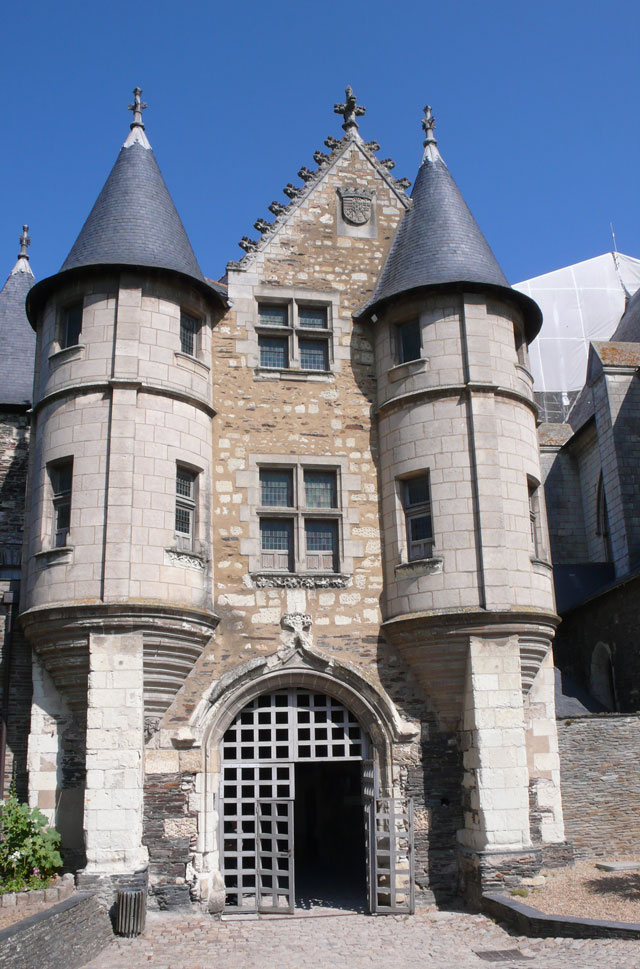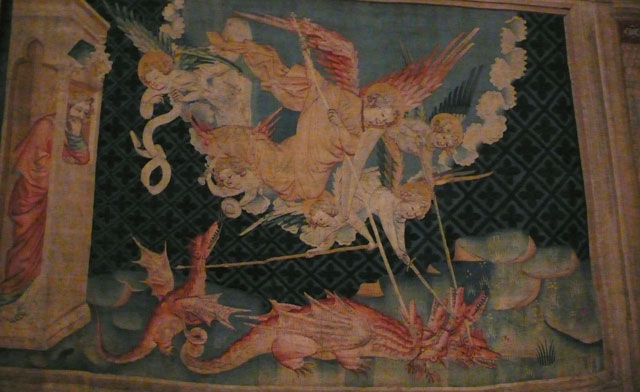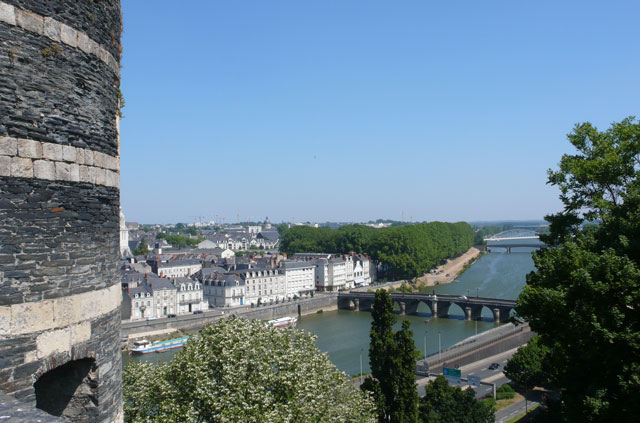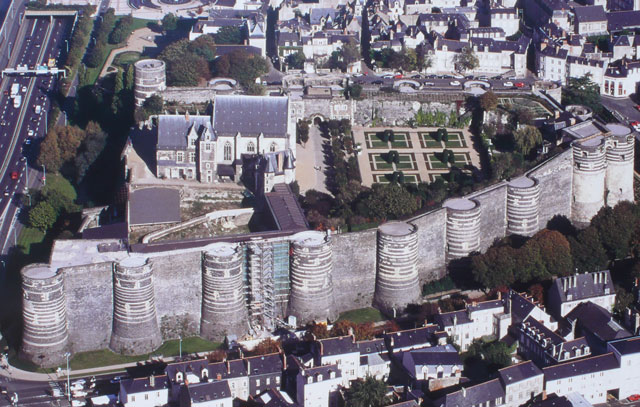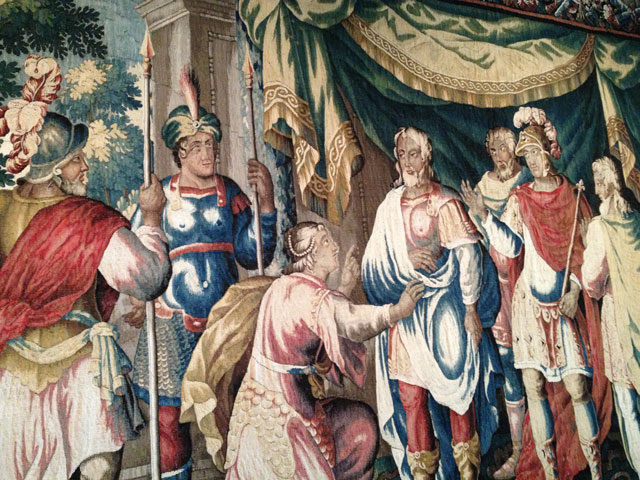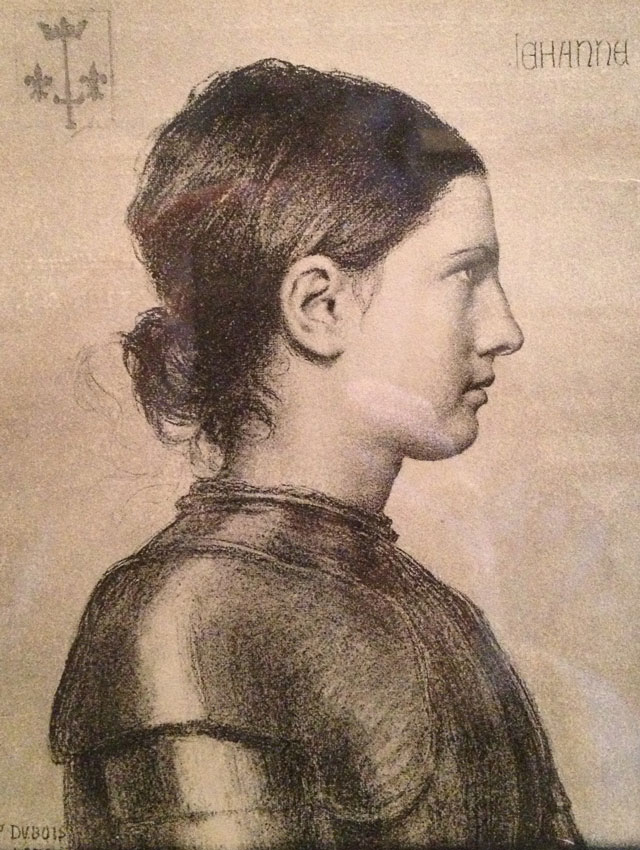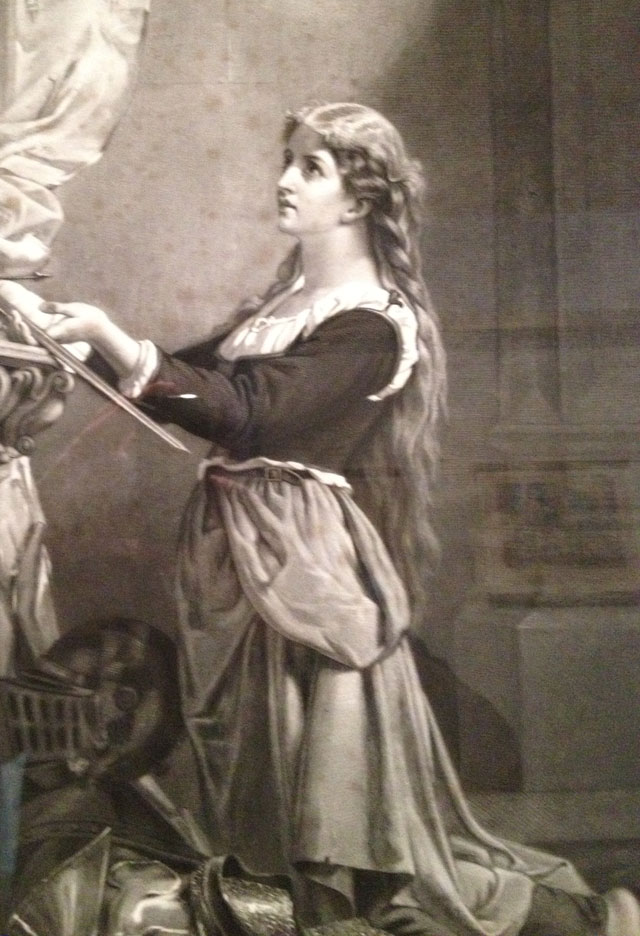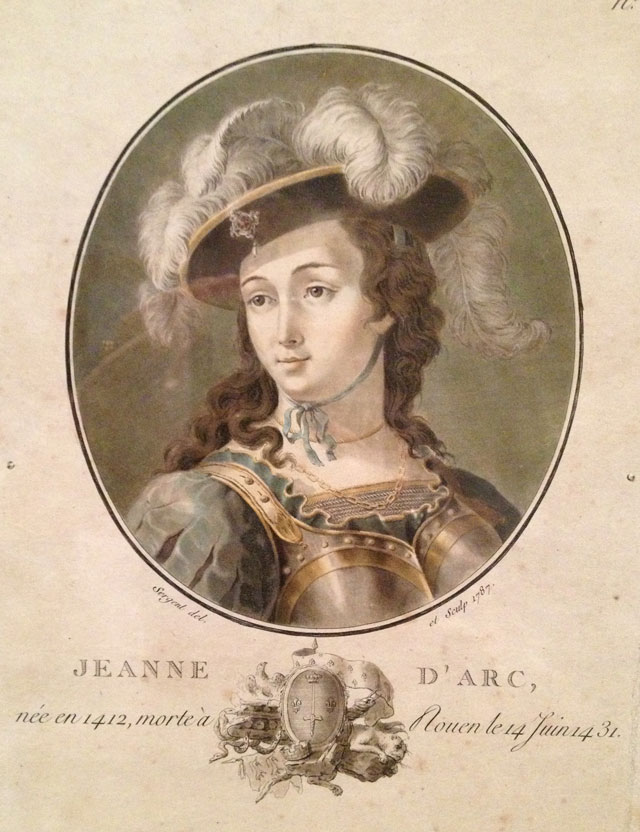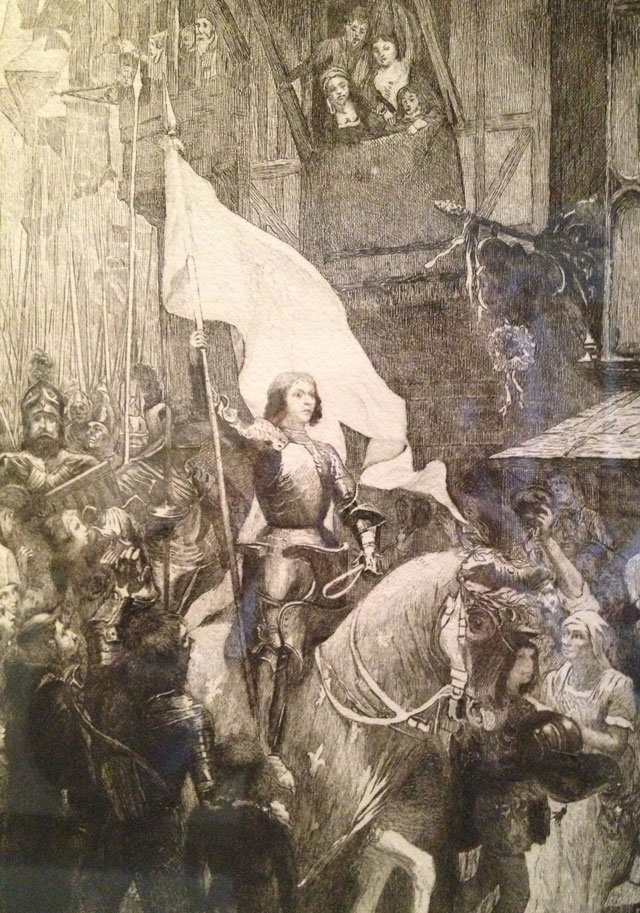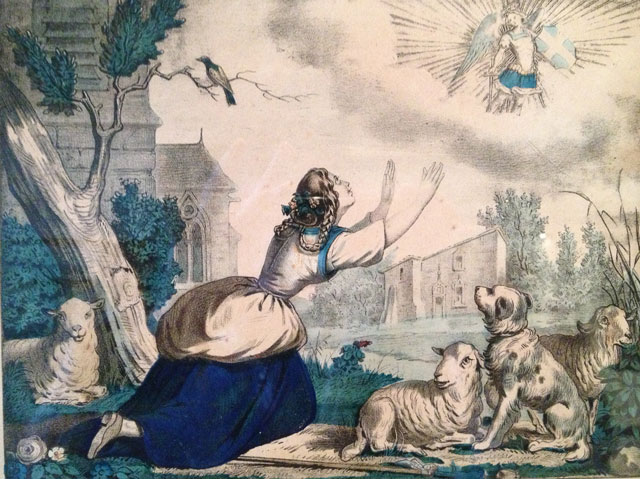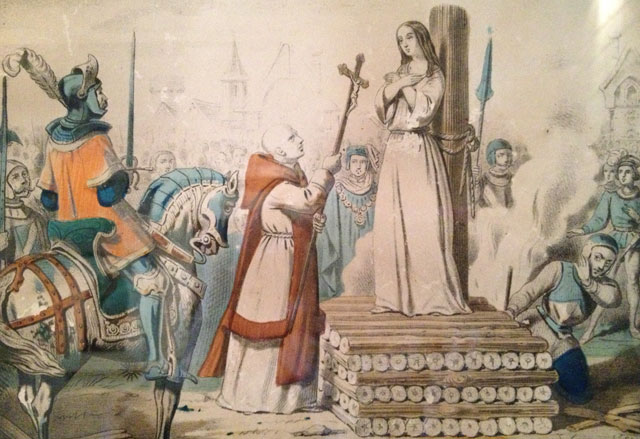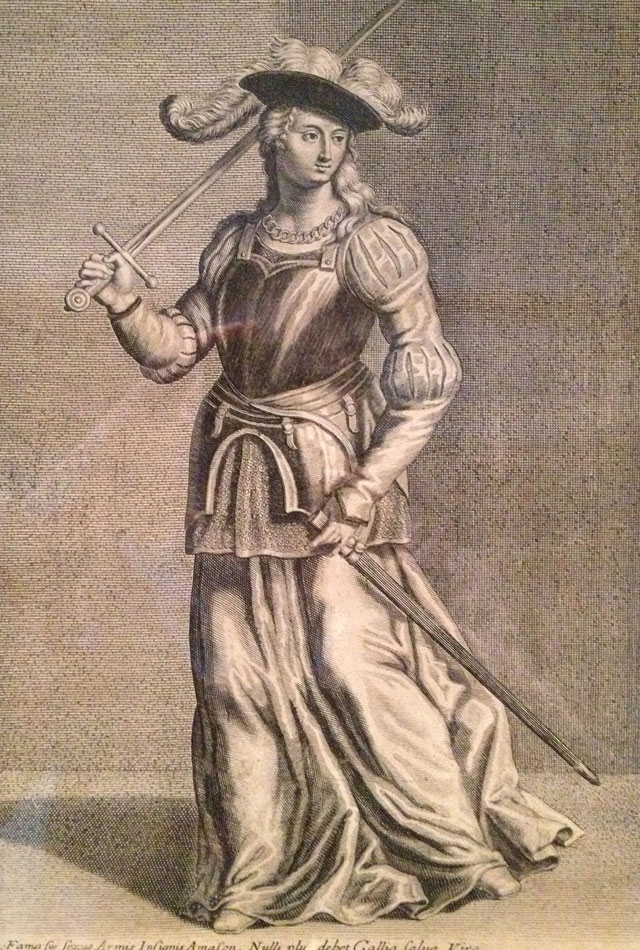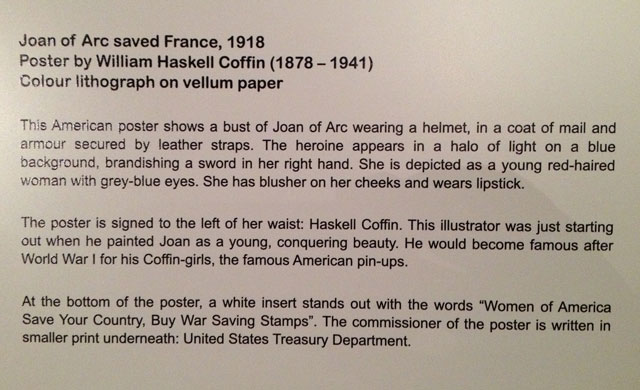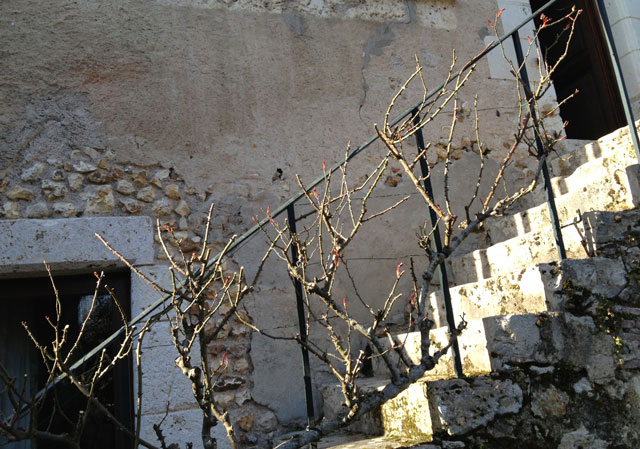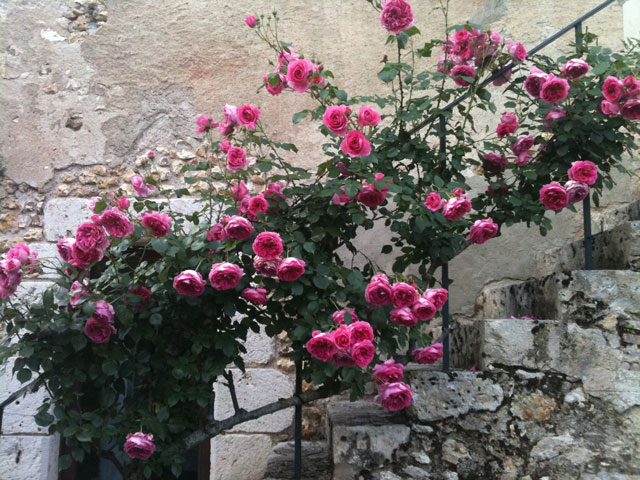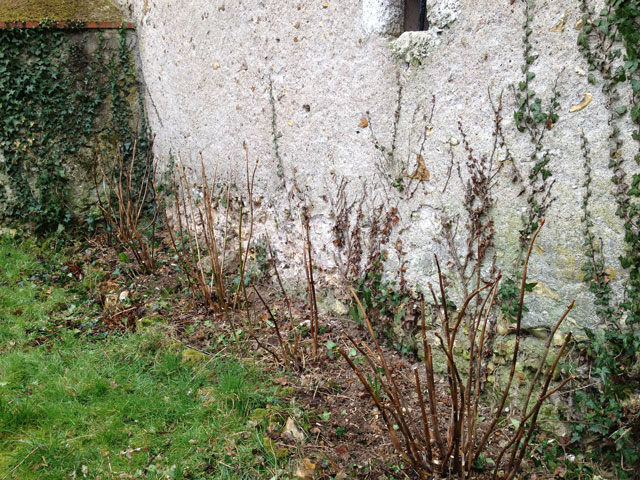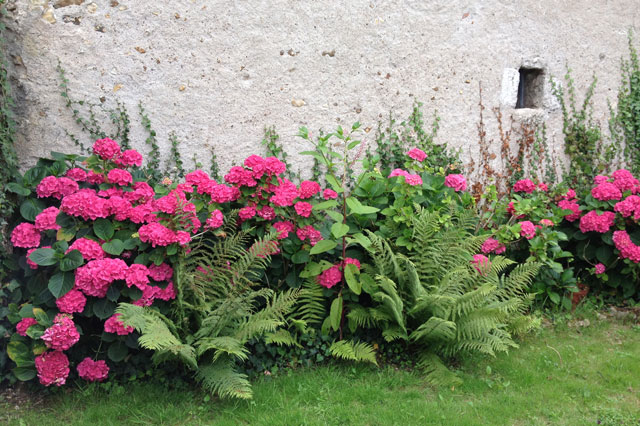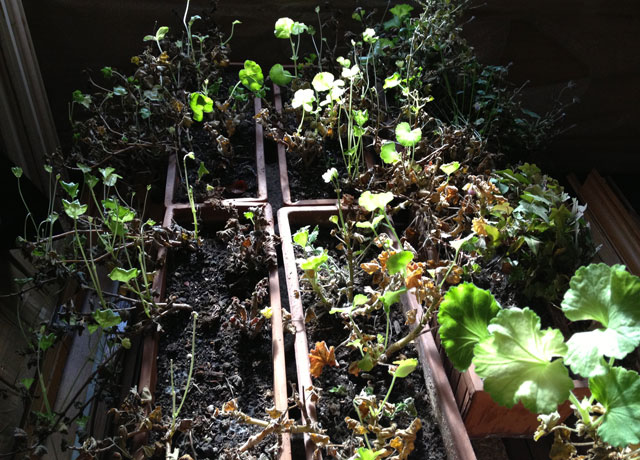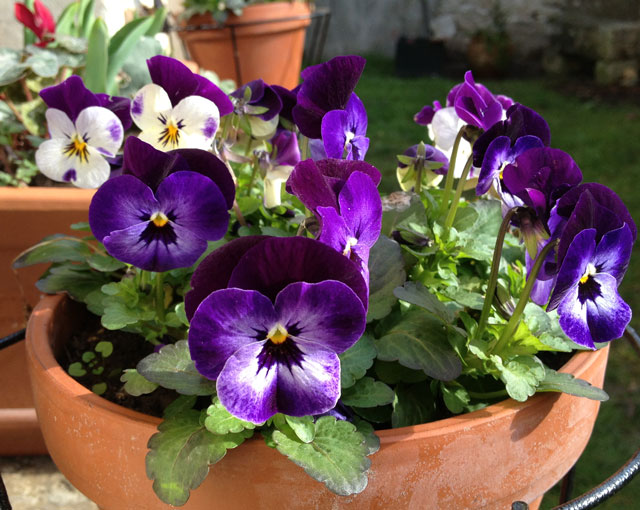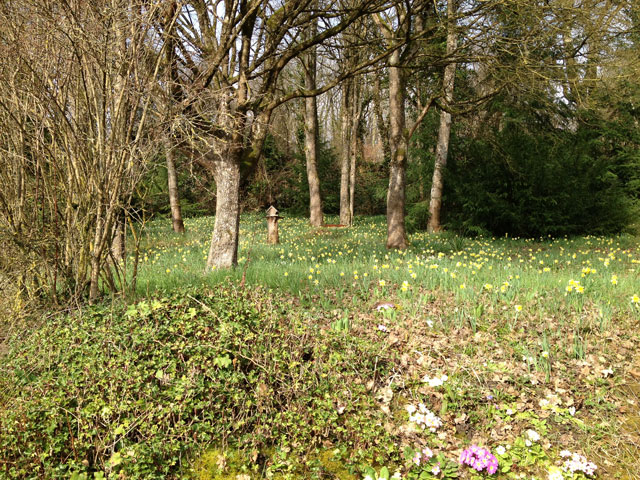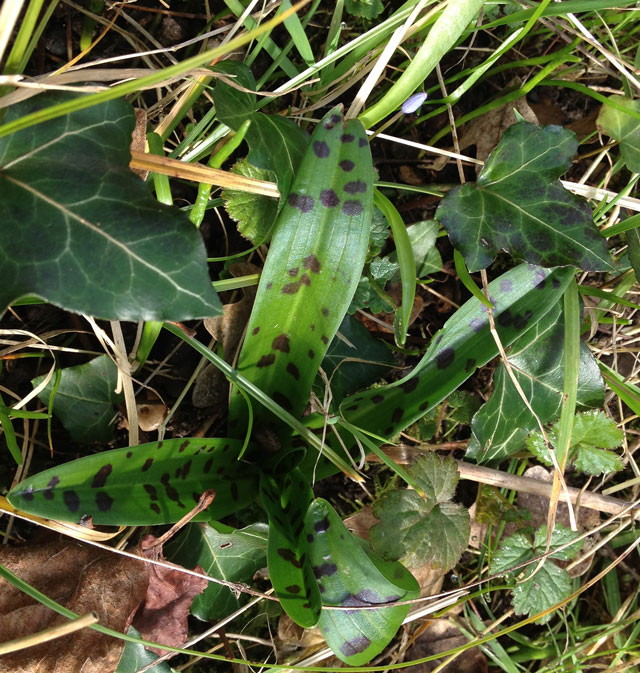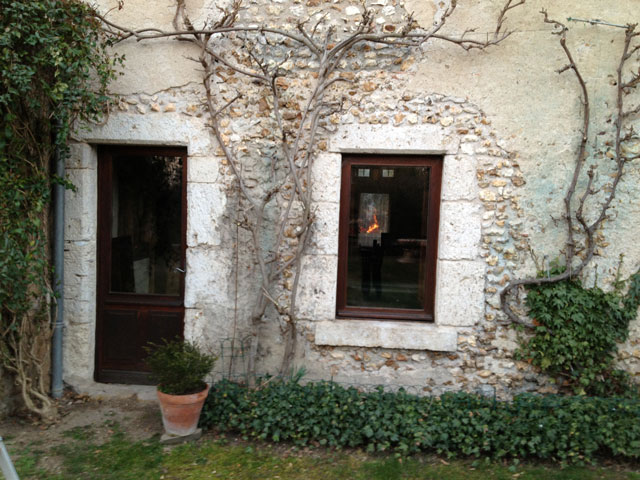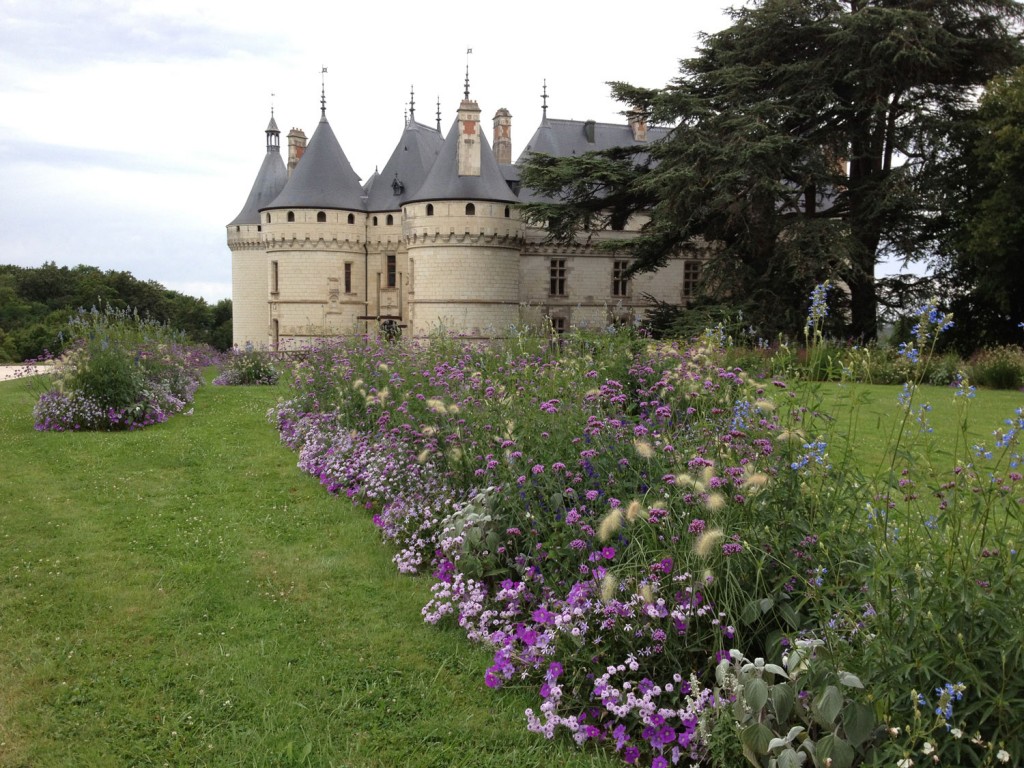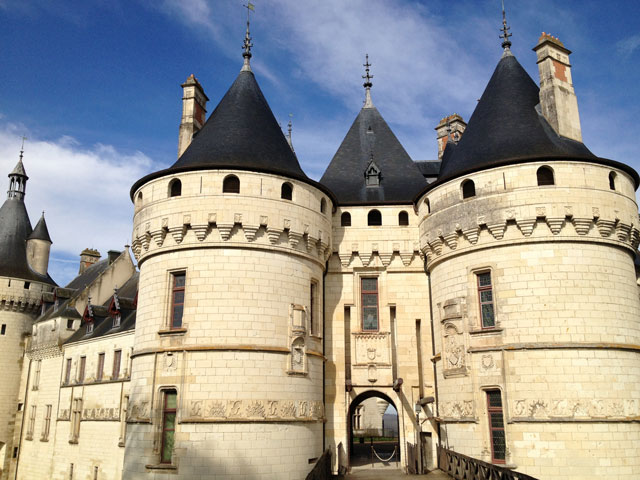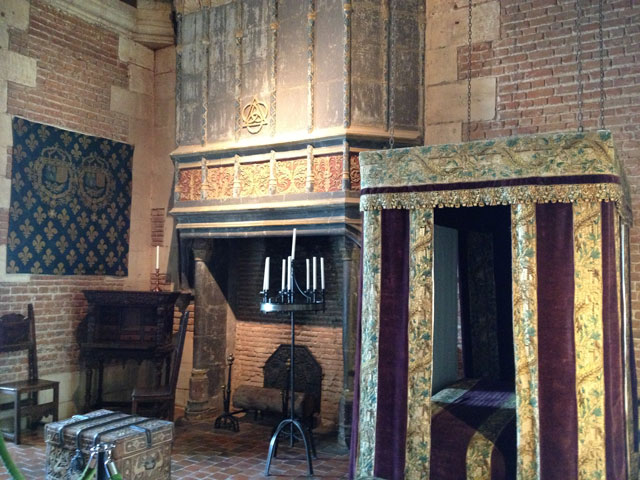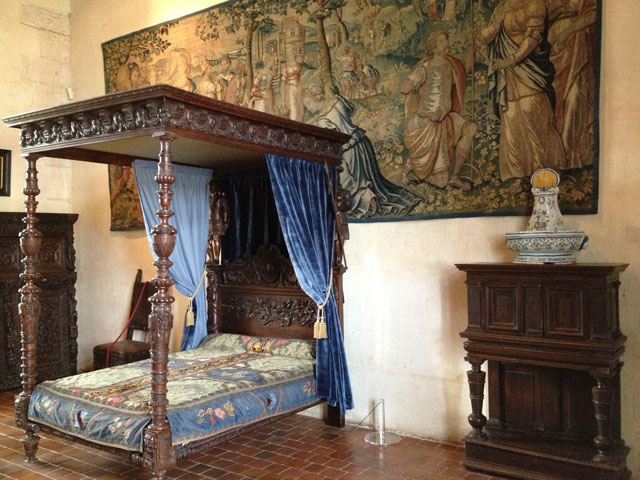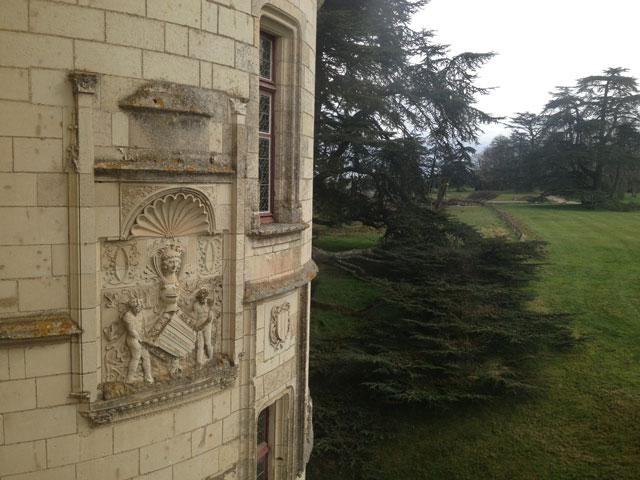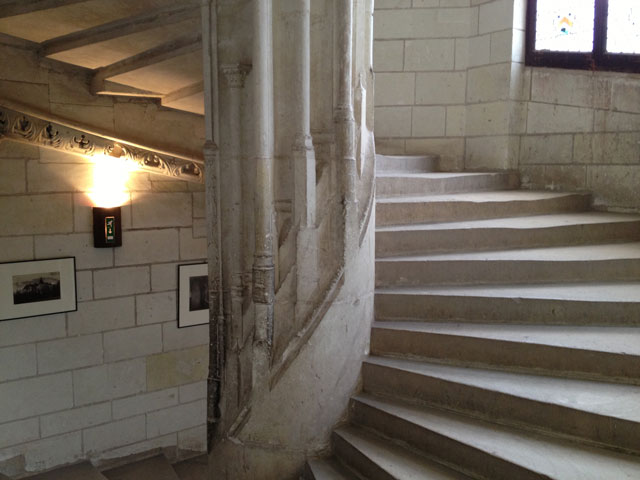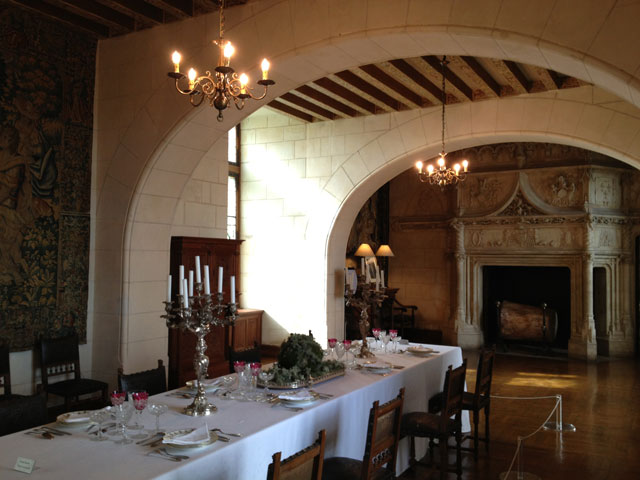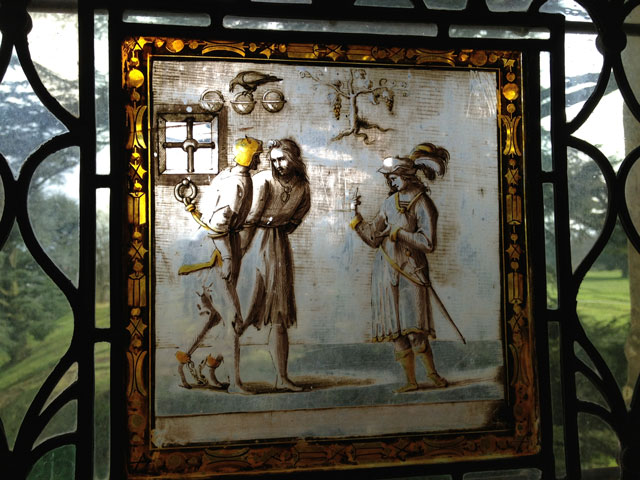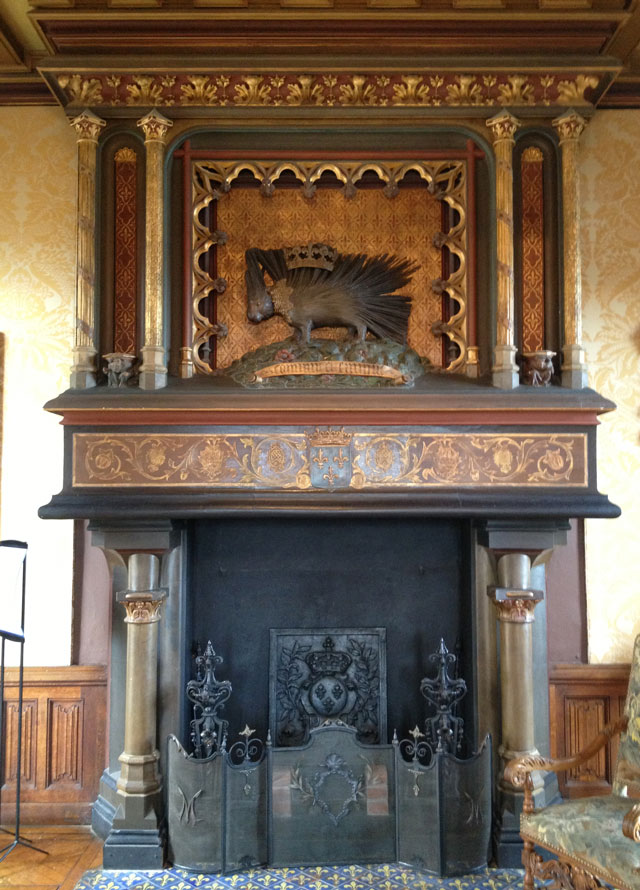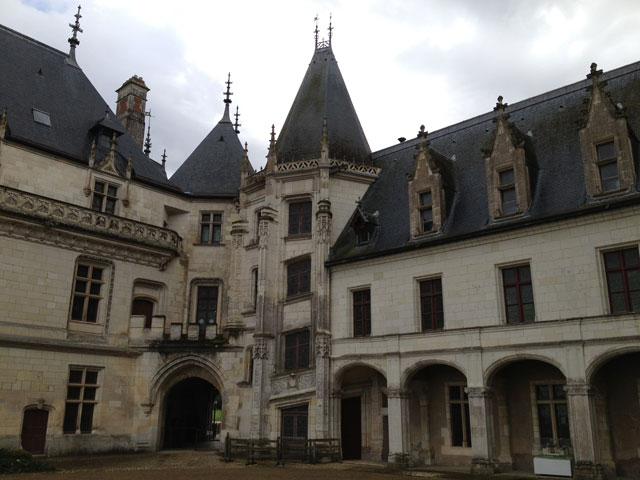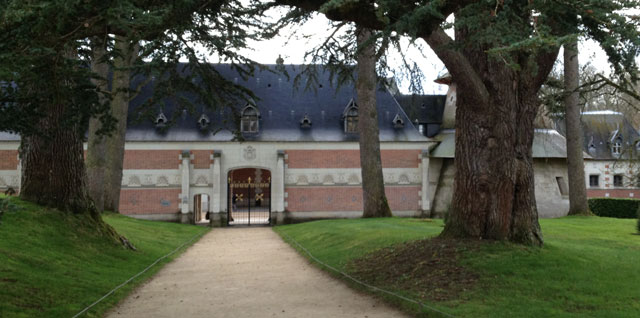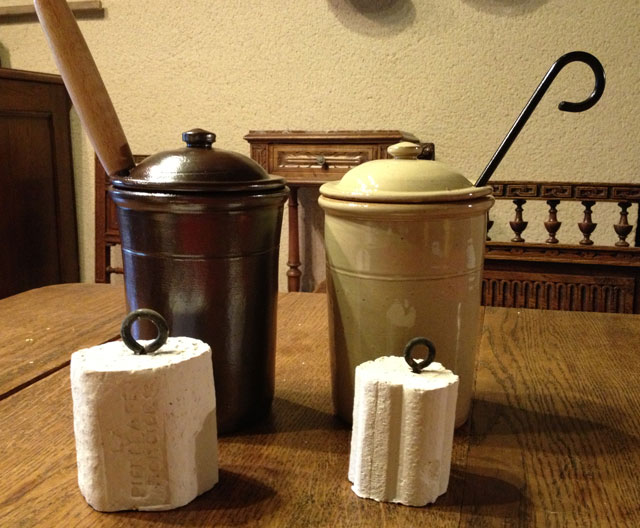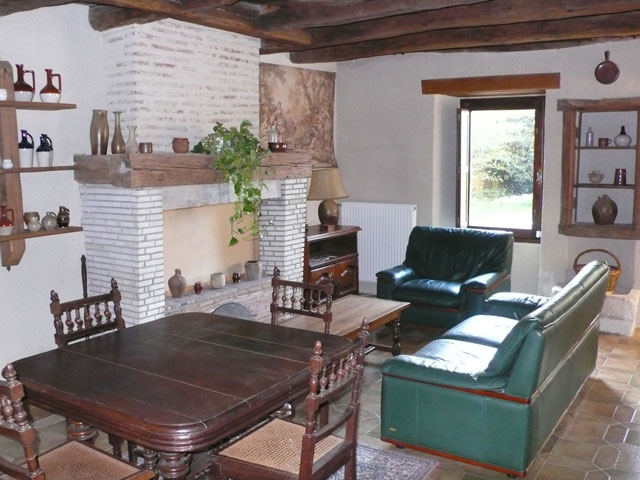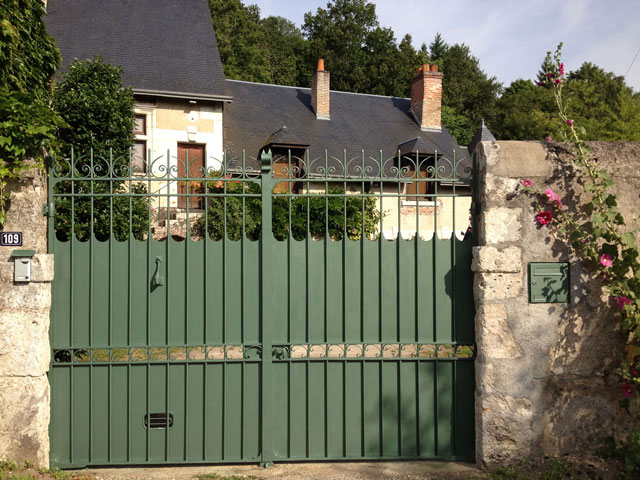It hardly seems like a year ago that we got the keys to Closerie Falaiseau, our 400-year-old Renaissance house in Blois in the Loire Valley. We decided to take the weekend off and visit some more châteaux. We thought that if we went to Azay-le-Rideau around noon on Sunday, there wouldn’t be many people. Well, that was a big mistake!
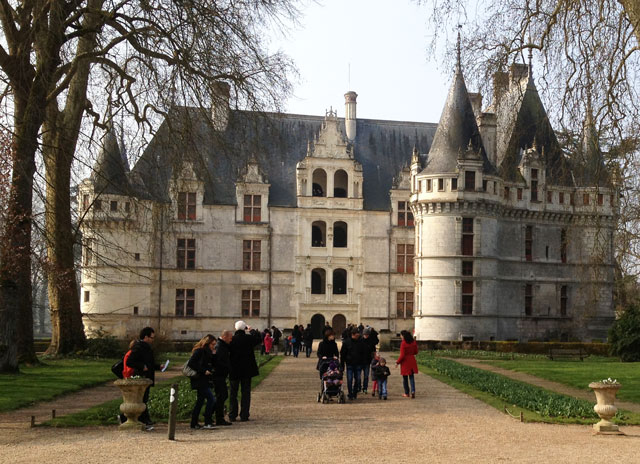
It turned out there was an Easter egg hunt for the kids. In France, there is no Easter bunny – the church bells bring the eggs. I’m not sure how they are then supposed to get hidden in the château and gardens but the kids were obviously keen. The whole family seemed to be there, including all the grandparents and great aunts, which didn’t make it easy to take photos, to my great regret.
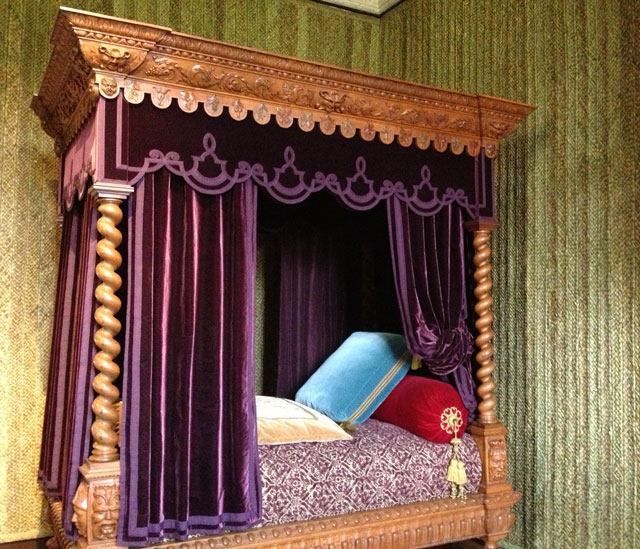
I’ll write another post on the château itself but would just like to say that there is the most wonderful exhibition in one of the bedrooms. A Renaissance bed and its covers and trimmings have been reconstructed, based on paintings of the time and using traditional methods. The walls are covered in braided rushes and a video explains how all the different elements were made. Fascinating!
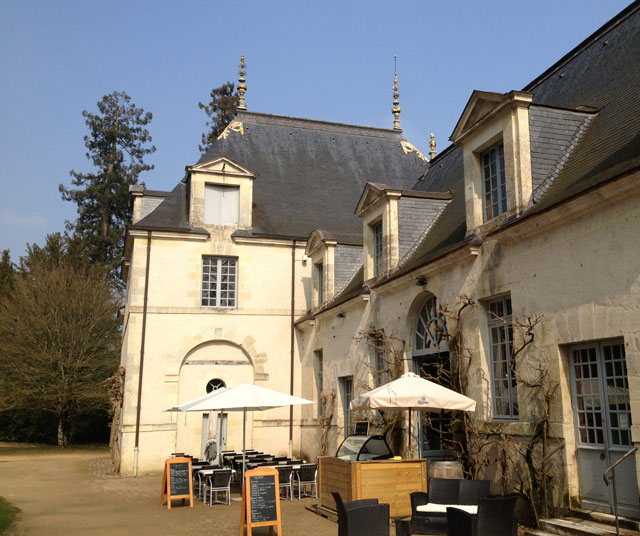
We had a little trouble finding somewhere to eat afterwards because everyone else seemed to be on the same timetable as us! We finally found a pizzeria cum brasserie doing a brisk business and had the set menu (entree + main course) at 13 euros. Nothing remarkable but quite edible with an unlimited buffet entree. The Orangerie in the château grounds offers salads and an amazing variety of quiches for 7 or 8 euro but the room is entirely open with no heating and at 4°C, we were not tempted. I’m sure it’s wonderful in summer though.
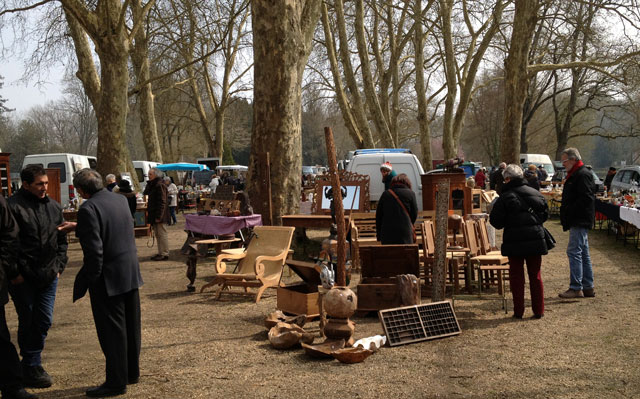
I had seen a sign saying brocante but we could see not sign of it. We went to the tourist office and were directed towards the river. It was in a lovely setting and the sun was out. We wandered around looking for a metal bucket for our fireplace ashes. We happened across two old engravings of Blois at 25 euros a piece that Jean Michel got for 40 euros for the two. I then proceeded to drop the bag containing the framed engravings but fortunately it didn’t break!
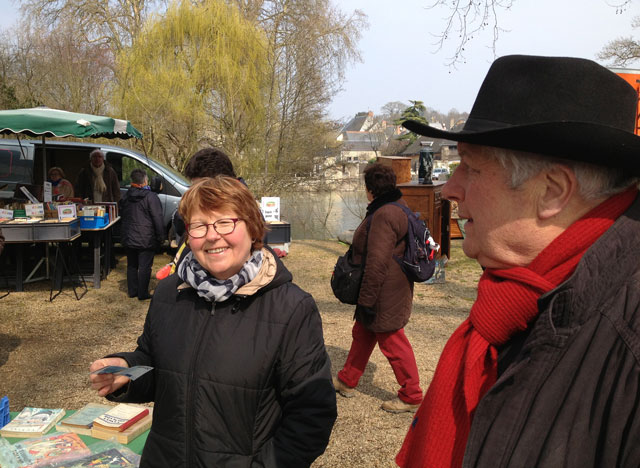
We found a copper bucket and also some wide lace sold by the metre to use as a table runner. The sellers were very friendly and explained that the brocante is held in Azay on the 5th Sunday of the month, which works out to about 3 times a year. They also go to the one in Blois on the 2nd Sunday of the month that we went to last Easter Sunday. I had actually seen the lace the last time we were here in March.
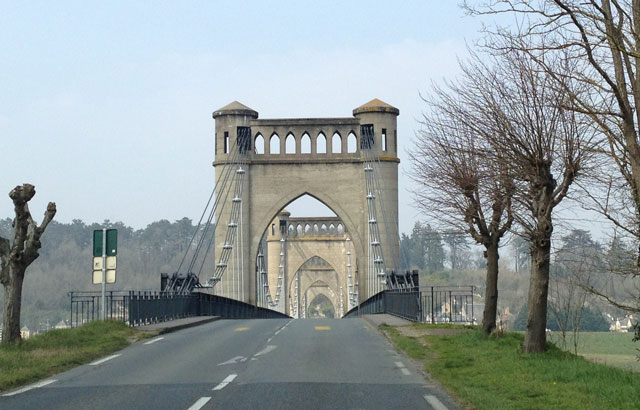
After debating about whether or not to visit Château de Langeais because of the possible crowds we decided to at least go and take photos of the outside since there was such brilliant sun. After crossing the suspension bridge over the Loire, built in 1849 and rebuilt no less than 4 times, we drove straight to the parking lot we knew from our previous visits and there didn’t seem too many people. When we got to the front of the château, we checked that our favourite tea room/pâtisserie was open and were distracted by loud laughter.
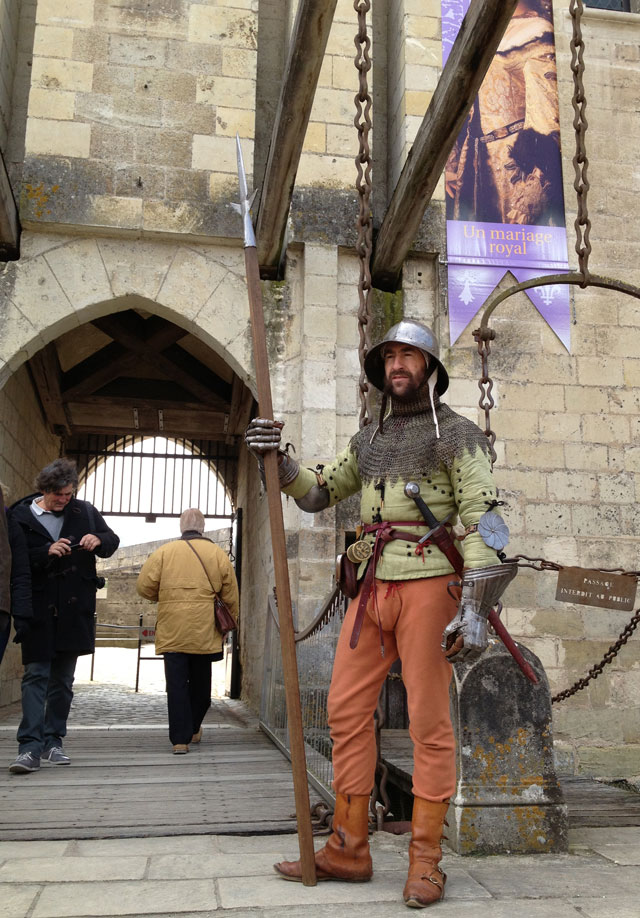
In front of the castle keep was a guard in full mediaeval regalia – codpiece and all. I called out and asked him if he was real. After being reassured that he was not a wax model, we mounted the steps and Innocent le Bel explained, in mediaeval French (well, more or less) that there was a special event going on the castle – the wedding of a young lady called Raoulette and a man whom she had never seen, chosen by her upwardly mobile parents for his wealth.
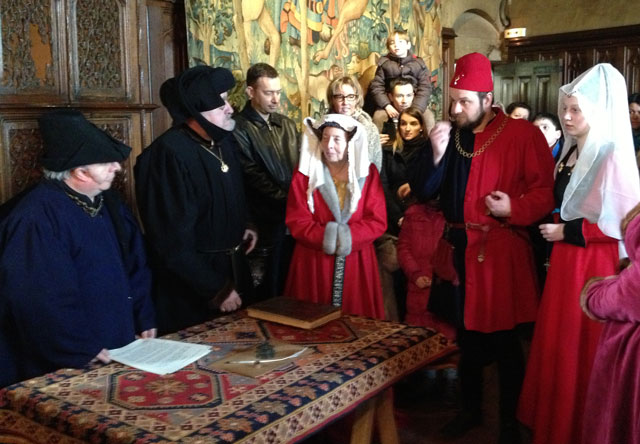
Inside, other actors were interacting with the public and we were able to watch the wedding ceremony and reading of the marriage contract. After seeing the portrait of her new husband after the ceremony, Raoulette burst into tears and stormed off. We came across her later on in an upstairs bedroom, where her mother was trying to explain to some young visitors why Rahoulette couldn’t choose her own husband!
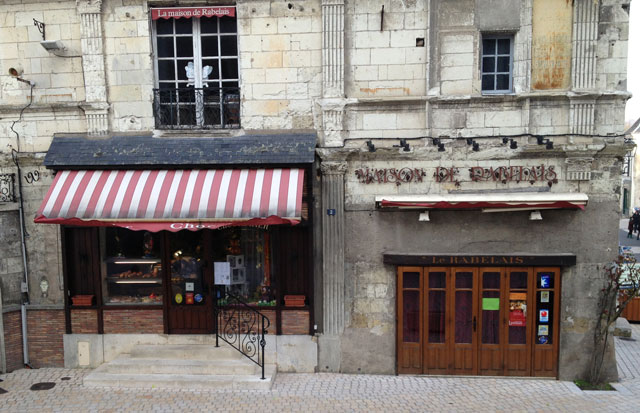
After a stroll around the grounds, we finished off the visit in Langeais at La Maison de Rabelais with some excellent pâtisseries that had far too many calories. Oh well, we don’t go there often …





